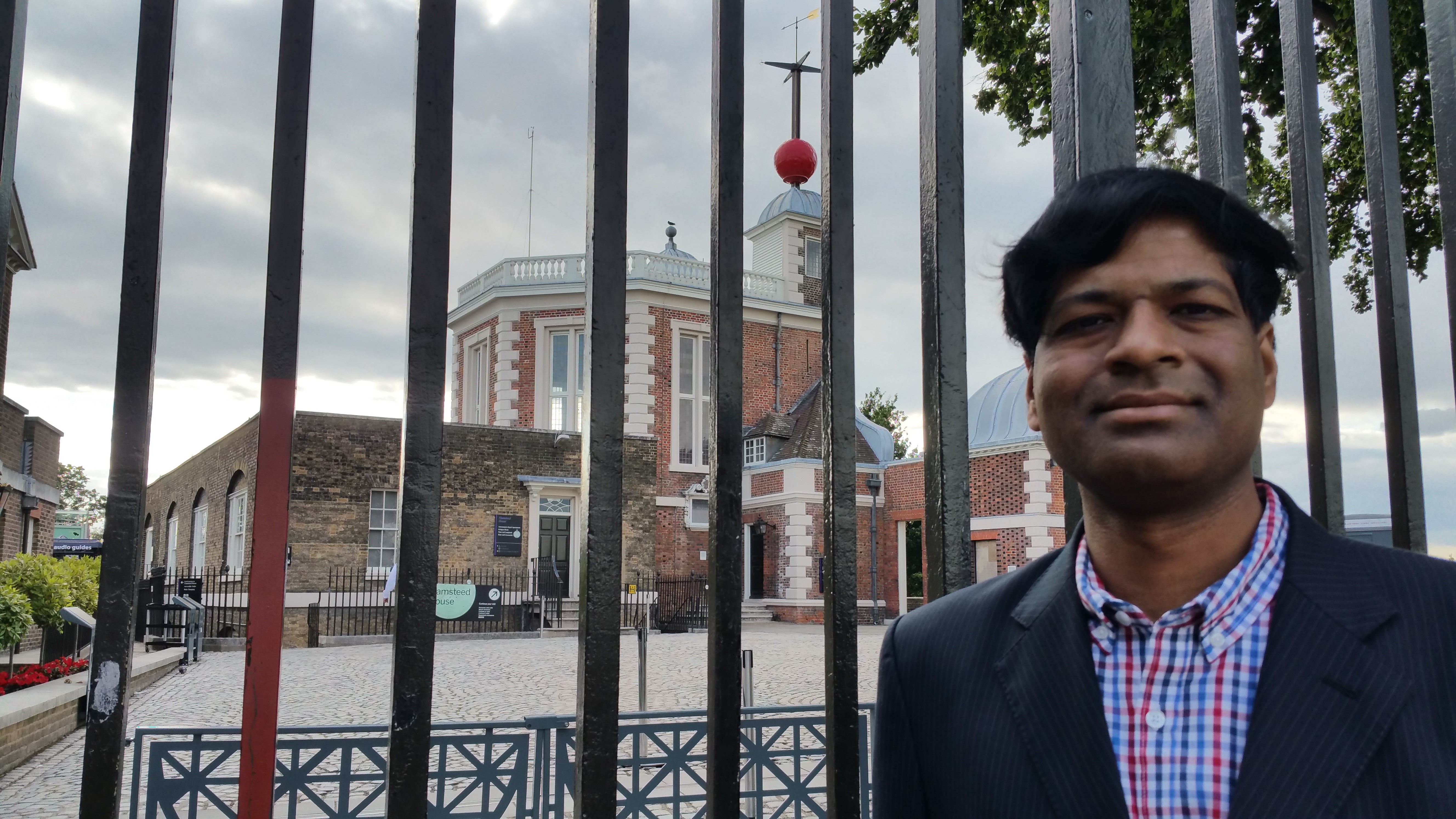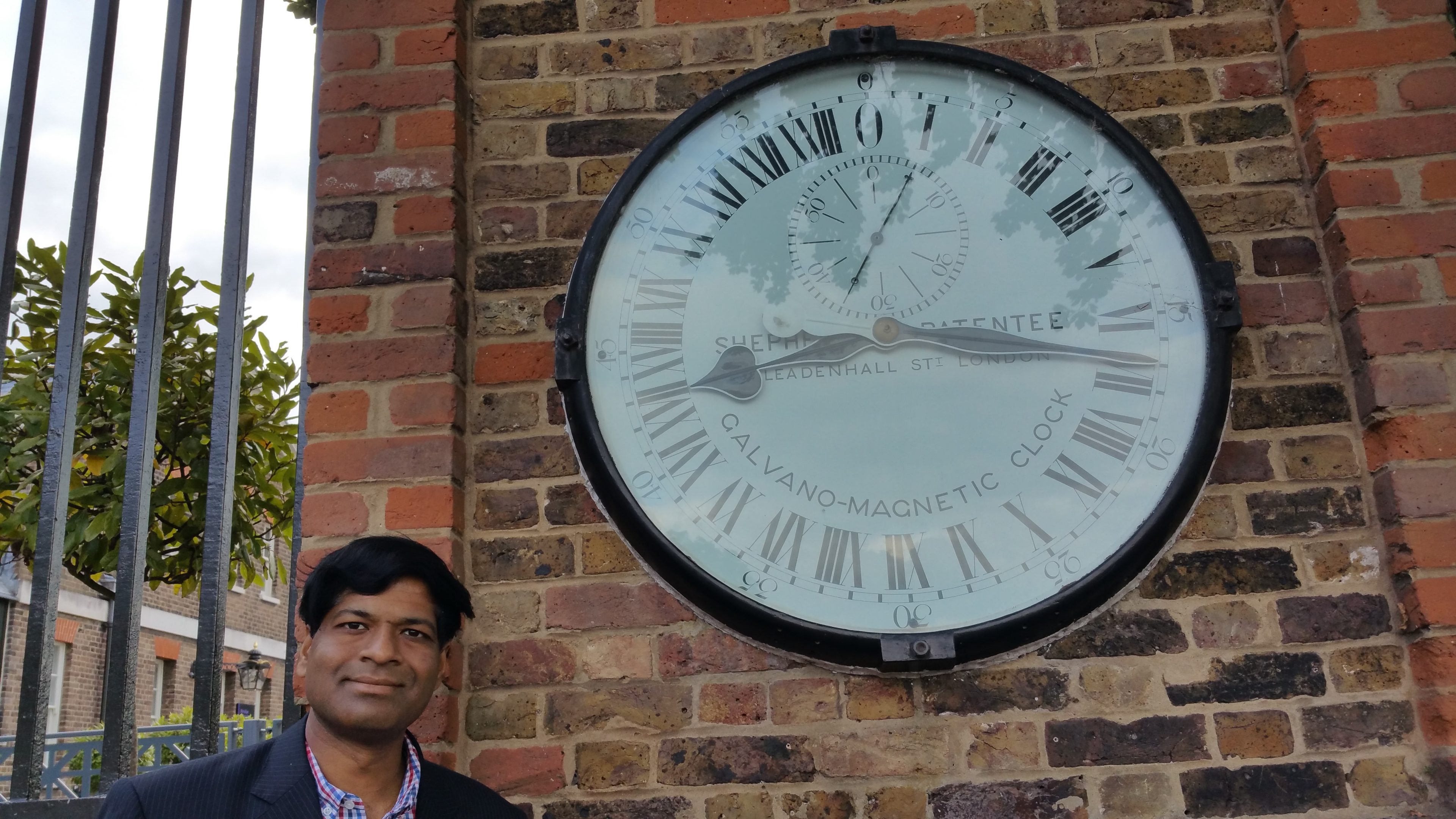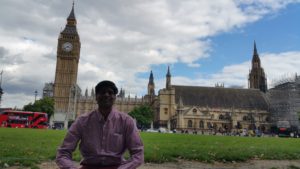
The Royal Observatory, Greenwich (ROG known as the Old Royal Observatory from 1957 to 1998 – when the working Royal Greenwich Observatory, RGO, moved from Greenwich to Herstmonceux) is an observatory situated on a hill in Greenwich Park, overlooking the River Thames


What is The Royal Observatory @ Greenwich (ROG)
- The Royal Observatory, Greenwich (ROG known as the Old Royal Observatory from 1957 to 1998, when the working Royal Greenwich Observatory, RGO, moved from Greenwich to Herstmonceux) is an observatory situated on a hill in Greenwich Park, overlooking the River Thames
- It played a major role in the history of astronomy and navigation and is best known for the fact that the prime meridian passes through it, and thereby gave its name to Greenwich Mean Time (GMT)
- The ROG has the IAU observatory code of 000, the first in the list
- ROG, the National Maritime Museum, the Queen’s House and Cutty Sark are collectively designated Royal Museums Greenwich
- The observatory was commissioned in 1675 by King Charles II, with the foundation stone being laid on 10 August. The site was chosen by Sir Christopher Wren
- At that time the king also created the position of Astronomer Royal, to serve as the director of the observatory and to “apply himself with the most exact care and diligence to the rectifying of the tables of the motions of the heavens, and the places of the fixed stars, so as to find out the so much desired longitude of places for the perfecting of the art of navigation.”
- He appointed John Flamsteed as the first Astronomer Royal. The building was completed in the summer of 1676
- The building was often called “Flamsteed House”, in reference to its first occupant
- The scientific work of the observatory was relocated elsewhere in stages in the first half of the 20th century, and the Greenwich site is now maintained almost exclusively as a museum, although the AMAT telescope became operational for astronomical research in 2018
What is The Greenwich Mean Time (GMT)
- Greenwich Mean Time (GMT) is the mean solar time at the Royal Observatory in Greenwich, London, reckoned from midnight
- At different times in the past, it has been calculated in different ways, including being calculated from noon ; as a consequence, it cannot be used to specify a precise time unless a context is given
- English speakers often use GMT as a synonym for Coordinated Universal Time (UTC)
- For navigation, it is considered equivalent to UT1 (the modern form of mean solar time at 0° longitude); but this meaning can differ from UTC by up to 0.9s. The term GMT should not thus be used for certain technical purposes requiring precision
- Because of Earth’s uneven angular velocity in its elliptical orbit and its axial tilt, noon (12:00:00) GMT is rarely the exact moment the Sun crosses the Greenwich meridian and reaches its highest point in the sky there. This event may occur up to 16 minutes before or after noon GMT, a discrepancy calculated by the equation of time. Noon GMT is the annual average (i.e. “mean”) moment of this event, which accounts for the word “mean” in “Greenwich Mean Time”
What is The Coordinated Universal Time (UTC)
- Coordinated Universal Time (or UTC) is the primary time standard by which the world regulates clocks and time
- It is within about 1 second of mean solar time at 0° longitude, and is not adjusted for daylight saving time
- In some countries, the term Greenwich Mean Time is used
- The co-ordination of time and frequency transmissions around the world began on 1 January 1960
- UTC was first officially adopted as CCIR Recommendation 374, Standard-Frequency and Time-Signal Emissions, in 1963, but the official abbreviation of UTC and the official English name of Coordinated Universal Time (along with the French equivalent) were not adopted until 1967
- The system has been adjusted several times, including a brief period where time coordination radio signals broadcast both UTC and “Stepped Atomic Time (SAT)” before a new UTC was adopted in 1970 and implemented in 1972
- This change also adopted leap seconds to simplify future adjustments
- This CCIR Recommendation 460 “stated that (a) carrier frequencies and time intervals should be maintained constant and should correspond to the definition of the SI second; (b) step adjustments, when necessary, should be exactly 1 s to maintain approximate agreement with Universal Time (UT); and (c) standard signals should contain information on the difference between UTC and UT.”
- A number of proposals have been made to replace UTC with a new system that would eliminate leap seconds. A decision whether to remove them altogether has been deferred until 2023
- The current version of UTC is defined by International Telecommunications Union Recommendation (ITU-R TF.460-6), Standard-frequency and time-signal emissions and is based on International Atomic Time (TAI) with leap seconds added at irregular intervals to compensate for the slowing of the Earth’s rotation
- Leap seconds are inserted as necessary to keep UTC within 0.9 seconds of the UT1 variant of universal time

